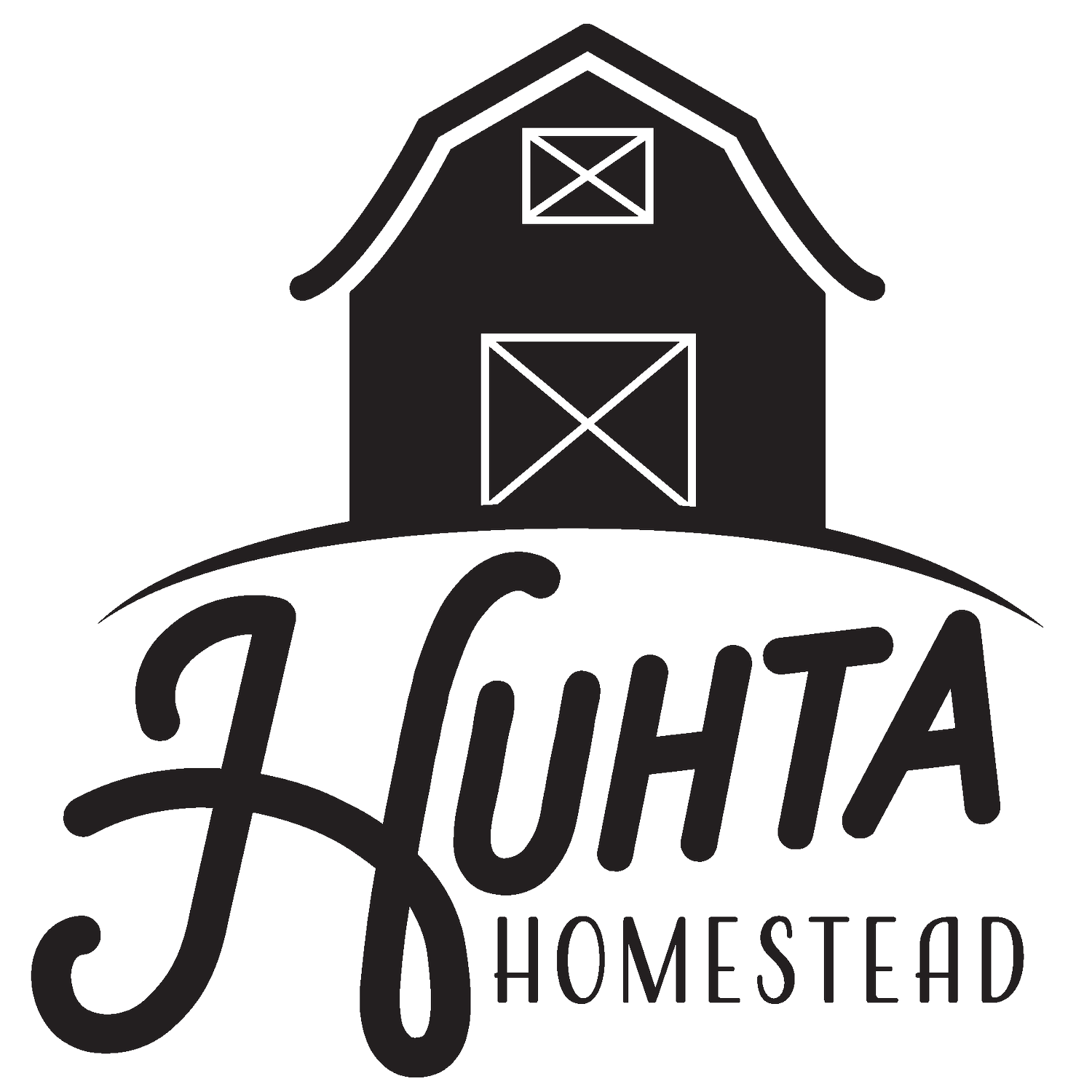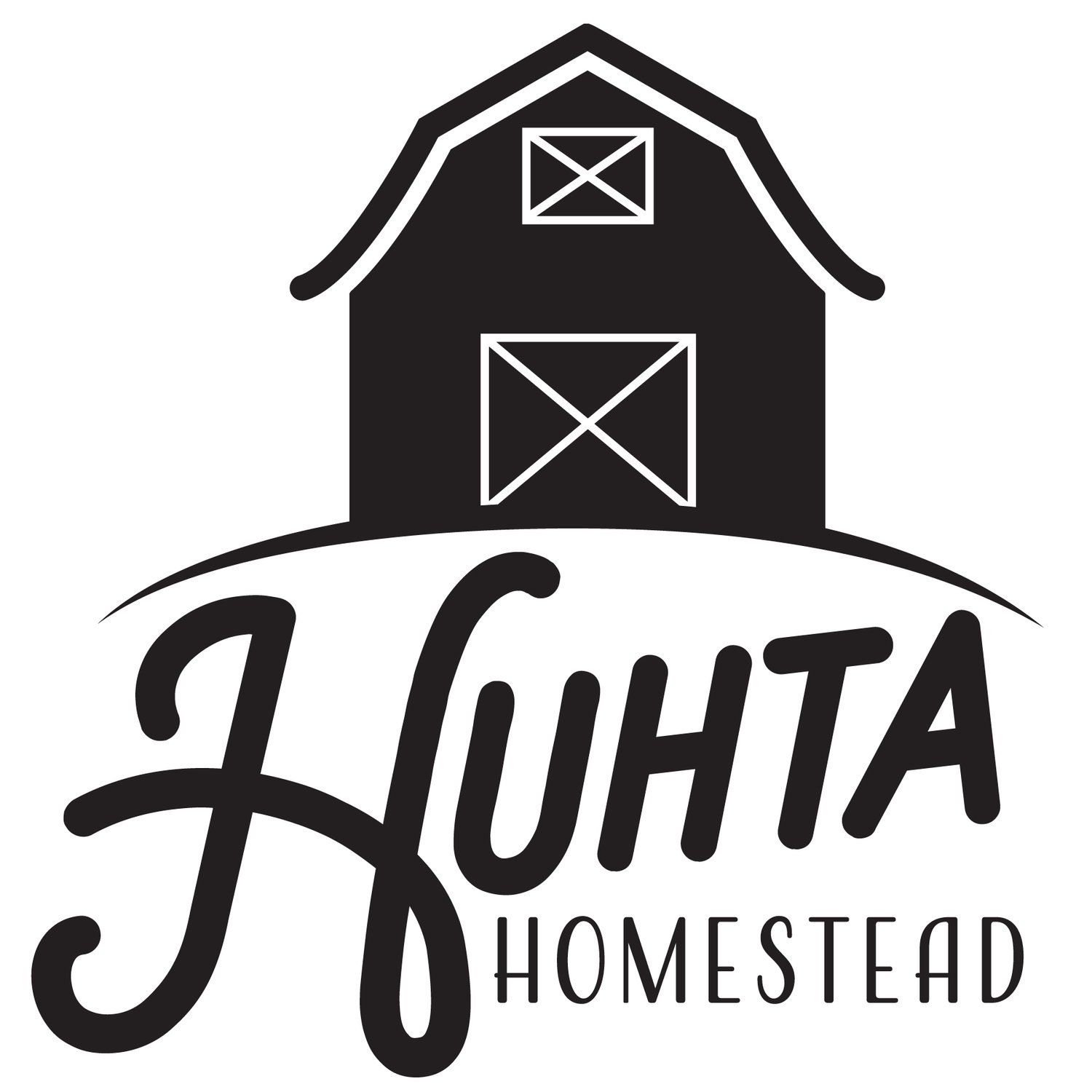Know Your Meat Chickens
How is your meat raised?
We are in full meat chicken season here at the farm!
As such, I thought I’d take some time to explain how we raise our birds and why we do it that way.
First off - what kind of chickens do we raise?
We raise Jumbo Broilers that we purchase as day-old chicks from a hatchery in southern Wisconsin.
Jumbo Broilers, also known as Cornish Cross, Cornish X, Rock, or Cornish Rock (just to make it confusing!), are, generally speaking, the same type of chicken breed that you’d buy at the grocery store.
They’re bred for their large breast meat, quick weight gain, and fast finishing time from birth-to-butcher.
Why do we raise this variety instead of some cool, trendy heritage breed chicken?
Honestly? The cost.
We’ve tried raising heritage breed chickens for meat and, at the end of the day, it wasn’t cost-effective AT ALL. These birds took twice as long to finish, still used copious amounts of feed, and were significantly smaller than “conventional” meat varieties.
If we were raising for just ourselves and had endless financial resources, maybe we could swing it. As something that we’re going to sell to other people? We would take a loss every time. And have some pretty unsatisfied customers.
So if they’re all the same variety, what makes our birds different than ones that you can buy at the grocery store?
The WAY that we raise them!
Conventionally-raised meat chickens are raised indoors, usually in over-crowded conditions.
They're also usually free-fed, which means they grow at insanely fast rates. This is great for producers, as it turns a profit sooner. For the birds, however, it can be catastrophic, leading to heart attacks, broken legs, and other complications due to the bird growing too quickly.
At our farm, and many other small farms, these same broiler birds can be raised in a much healthier and more ethical way.
We pasture our birds!
What exactly does “pastured” mean? Honestly, it can mean a variety of things to different people.
From a technical standpoint, pastured meat just needs to have ACCESS to the outdoors.
For us, it means that our birds are outside AS MUCH AS POSSIBLE.
We raise our day-old chicks in heated brooders until they are big enough and feathered out enough to withstand whatever elements Wisconsin is throwing at us.
This usually means that they are in brooders until two to three weeks in age. At that time, we move them to our outdoor chicken tractors, where they’ll live out the remainder of their days.
Our chicken tractors, which we move one to two times per day, allow our birds to forage in our pasture, scratching their way through our fields, eating up all the seeds and bugs that they can find.
We also supplement this foraging with certified-organic broiler feed, although we ration this out, feeding calculated amounts twice per day.
This means that instead of finishing out in the conventional six to eight weeks, our bird are ready between ten to eleven weeks. This results in a slower growth rate, decreasing health risks to our birds.
Why bother?
It definitely costs more to raise birds this way - so why do it?
We have a number of reasons.
First of all, it’s just more humane. If you've met either of us, you know that neither one of us are going to become vegetarians anytime soon - we’re all for eating meat. That being said, we feel that if we’re going to raise our own meat, we want to do so in a way that treats our livestock well.
Secondly, pastured poultry is more nutritious! Studies show that it contains less saturated fat and more of some vitamins than conventionally-raised broilers.
Lastly, since we move our tractors throughout our pasture, our birds are effectively fertilizing our fields for us! We try to pick a different area of our cattle pasture every season to spread this joy around!
I hope that you came away from this post feeling more informed about where your chicken comes from. Feel free to share with anyone you think might also find it helpful!

